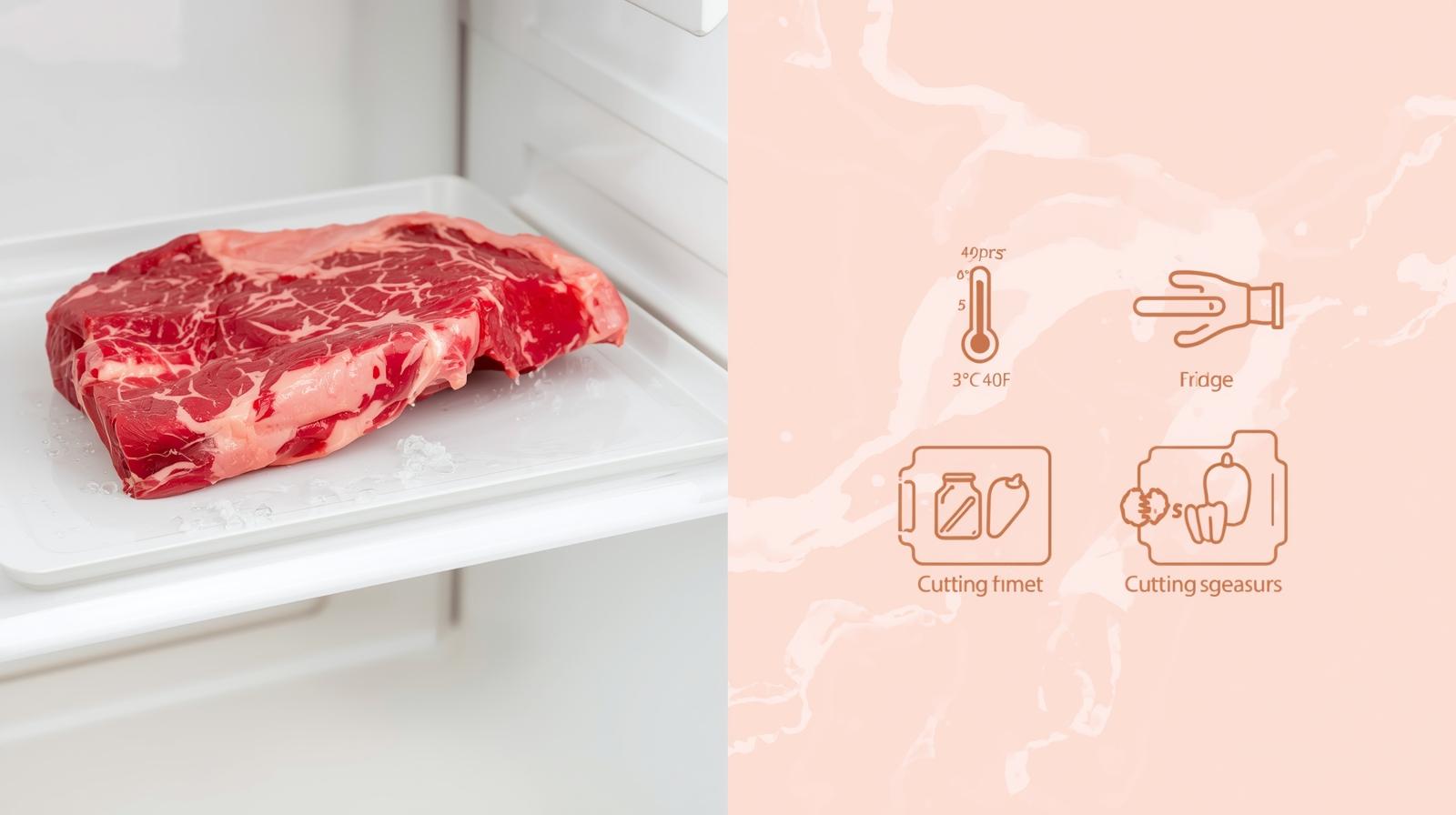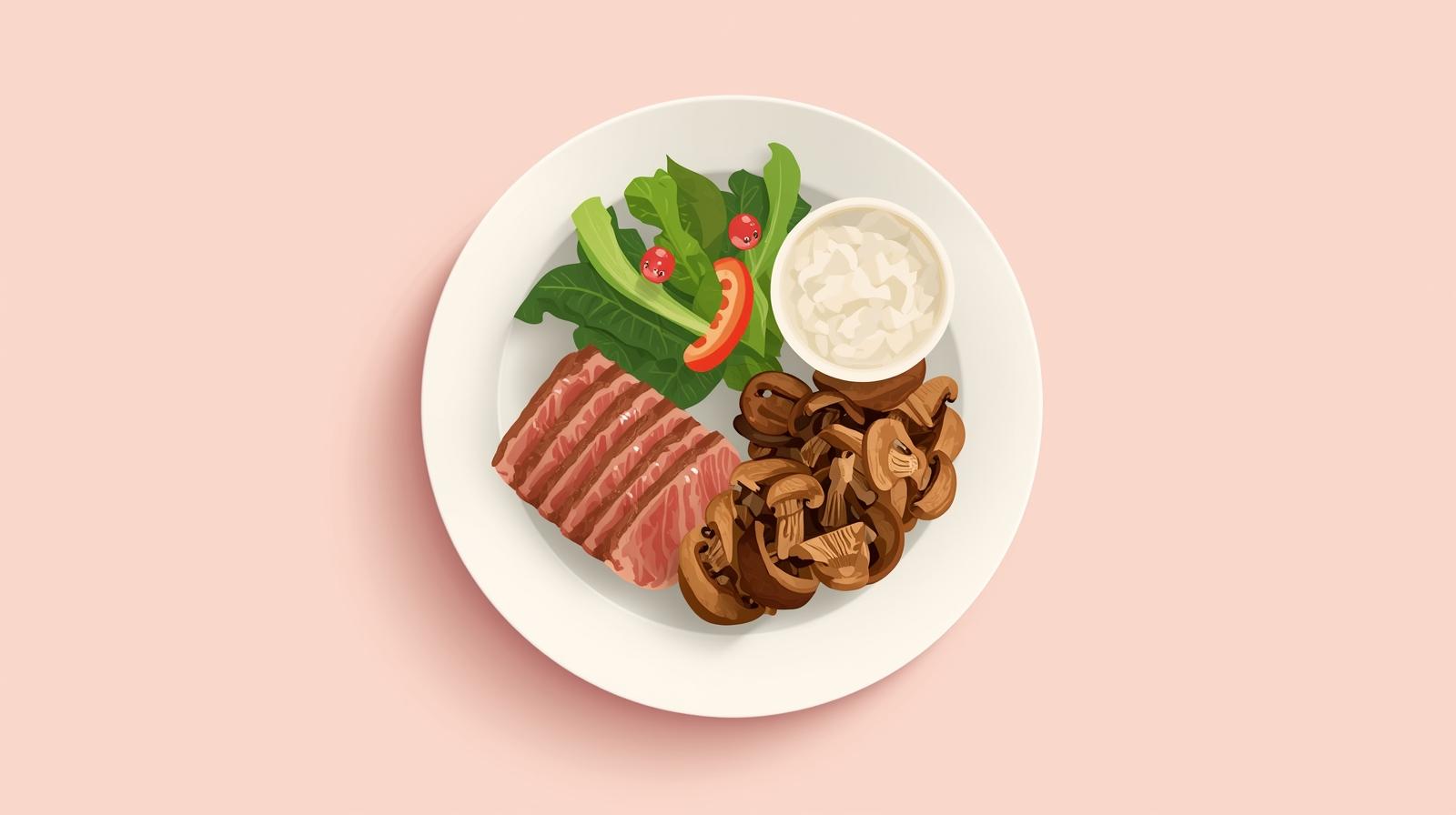
Wagyu in Pregnancy — The Short Answer
Yes, you can eat Wagyu in pregnancy as long as it’s thoroughly cooked and handled safely. The two big rules are: avoid raw or undercooked beef (no carpaccio/tartare/tataki-raw-center) and hit a safe internal temperature. Whole-cut steaks (like ribeye or strip) should reach at least 63 °C / 145 °F and then rest 3 minutes. Minced/ground beef (burgers, meatballs) should reach at least 71 °C / 160 °F. Use a food thermometer for accuracy.
Because Wagyu is richly marbled, it’s energy-dense. That can be fine in small portions and may help if you’re struggling with appetite, but you’ll want balanced plates (vegetables, whole grains, legumes) and reflux-friendly timing/portions if heartburn visits.
What Makes Wagyu Different?
“Wagyu” refers to several Japanese cattle breeds (and their genetics raised globally) prized for intense intramuscular marbling. That marbling delivers a melt-in-the-mouth texture and luxurious flavor, but also higher fat per bite than leaner beef. Pregnant diners often notice that smaller portions satisfy because of the richness.
- Cuts: Ribeye, striploin, sirloin, tri-tip, tenderloin, and specialty yakiniku slices.
- Labeling: “Kobe” is a protected regional variety of Japanese Wagyu; outside Japan, “Wagyu” could be purebred or crossbred—quality varies.
- Fat profile: Higher monounsaturated fat than many beef types, but total fat remains high. Treat as a rich main, not an everyday protein.
Safety First: Doneness, Thermometers & Why Raw Is Out
During pregnancy, you’re advised to avoid all raw and undercooked meat. Cooking to a verified safe internal temperature reduces risks from pathogens like E. coli, Salmonella, and Listeria. With whole-cut steaks, surface contamination is the main concern, so proper searing plus a safe internal temp after resting protects you best. Ground/minced beef mixes surface into the center, so burgers must be cooked through.


